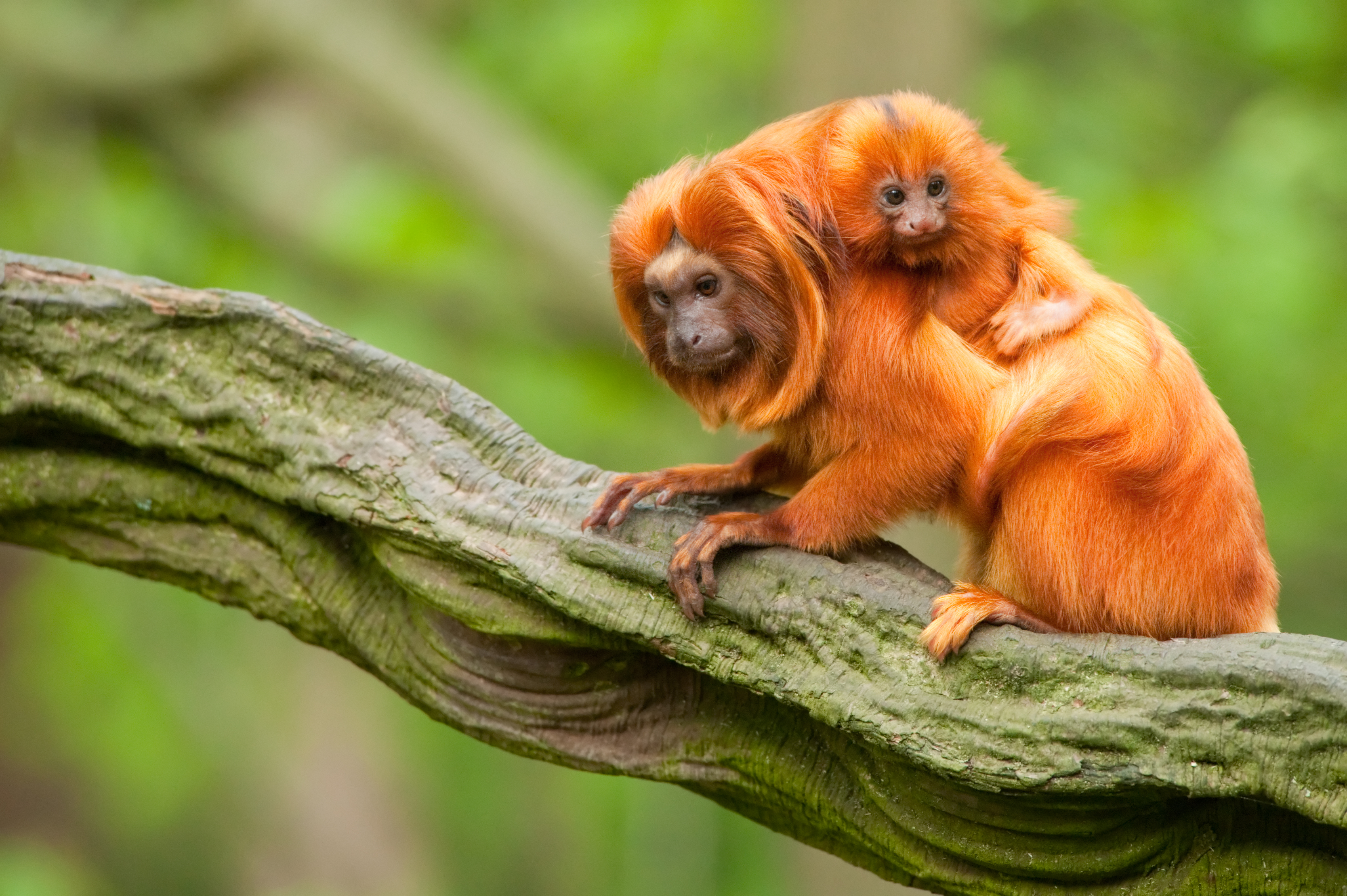
About half a decade ago a mysterious “melting” virus basically wiped out millions of starfish off the western coast of North America and pushed a number of species to the brink of extinction. It was a scary time to be a starfish to be sure, but now things are coming up… well, Starfish.
According to scientists, ochre starfish in particular may have developed a resistance to the virus that was wiping it out, proving Darwin right once again. Now, it seems like the species is making a triumphant return.
They aren’t the only ones that have come back from the brink of extinction though. Here are 10 animals that once looked as though they might be doomed, but have since made their own remarkable comebacks.
Gray wolf

In the mid-70s gray wolves were nearly wiped out thanks to hunters and habitat loss, but because of their endangered species status they’ve now rebounded and have even been delisted in Idaho and Montana. Whether this is good news remains to be seen, as it means their protections will also be lifted, For now though, we’re taking the increased population as a good thing.
Peregrine falcon

Michigan has been a particularly important State in the revival of the peregrine falcon over the past few decades, constructing man-made nesting boxes on skyscrapers in large cities and working with biologists to return the birds to their historical nesting locations in the cliffs of the Upper Peninsula. Now, after being federally listed as endangered in 1970, this fastest animal on earth is making a swift comeback.
Grizzly bear

The grizzly bear population within the Greater Yellowstone Ecosystem alone has risen drastically, from 136 in 1975 to roughly 690 today. That growth has led scientists to declare the area’s population as recovered, and now the focus is on how to reduce conflicts with people while preserving the animals’ habitat.
Stellar sea lion

These pinnipeds were hunted for their meat, fur, oil, and other products in the early 1900s, when there was a bounty put on the species. In 1972 that changed when they became protected under the Marine Mammal Protection Act. Today thanks to recovery efforts, the Eastern population of Steller sea lions has recovered and the species has been removed from the endangered list. The Western population, however, is still very much at risk.
Virginia flying squirrel

Industrial logging destroyed these critters’ natural habitat in the late 19th and early 20th centuries, leading them to be listed as endangered back in 1985. Since then conservationists have banded together to recover the squirrels and restore their habitats, resulting in an impressive comeback. While they’re still not out of the woods (so to speak), these squirrels no longer face the threat of immediate extinction either.
Aleutian Canada goose

In the mid-1970s biologists estimated there were only a few hundreds of these small Canadian geese left in Alaska’s Aleutian Islands and in areas of California and Oregon. But thanks to international and inter-state partnerships, the bird has since made an impressive comeback. By the early 2000s, those same biologists put the geese’s population around 37,000.
Black rhinoceros

Things feel pretty dire for rhinos around the world these days, don’t they? The population of this particular species dipped dramatically–by 98 per cent–in the 20th century thanks to hunters and settlers, but today they’ve made an equally dramatic comeback thanks to conservation efforts in Africa. The animals are still critically endangered, but their rebound at least offers hope.
Mountain gorilla

For decades poachers, a loss of habitat, and the illegal pet trade wreaked havoc on the population of these animals, leading scientists to predict their extinction by the end of the 20th century. However, thanks to anti-poaching patrols, habitat conservation, and the economic development of surrounding communities, these gorillas have survived. Today they remain critically endangered with about 880 left in the wild, but conservationists remain hopeful.
Golden lion tamarin

These small, social South American primates had a huge population decline in the early 1970s when poaching and a habitat loss resulted in as few as 200 of them left in the wild. But, following a conference of 28 international biologists intent on saving the creatures, conservation efforts have resulted in an upswing. In 2003 the animals were finally upgraded from critically endangered, making their comeback official.
Takhi/Przewalski’s horse

These wild Mongolian horses were officially classified as extinct in the wild in the late 1960s after Europeans killed and collected them, and their natural habitat shrank. But, thanks to extreme conservation efforts over a few generations, these creatures have since been reintroduced to the wild and are on a serious upswing.
